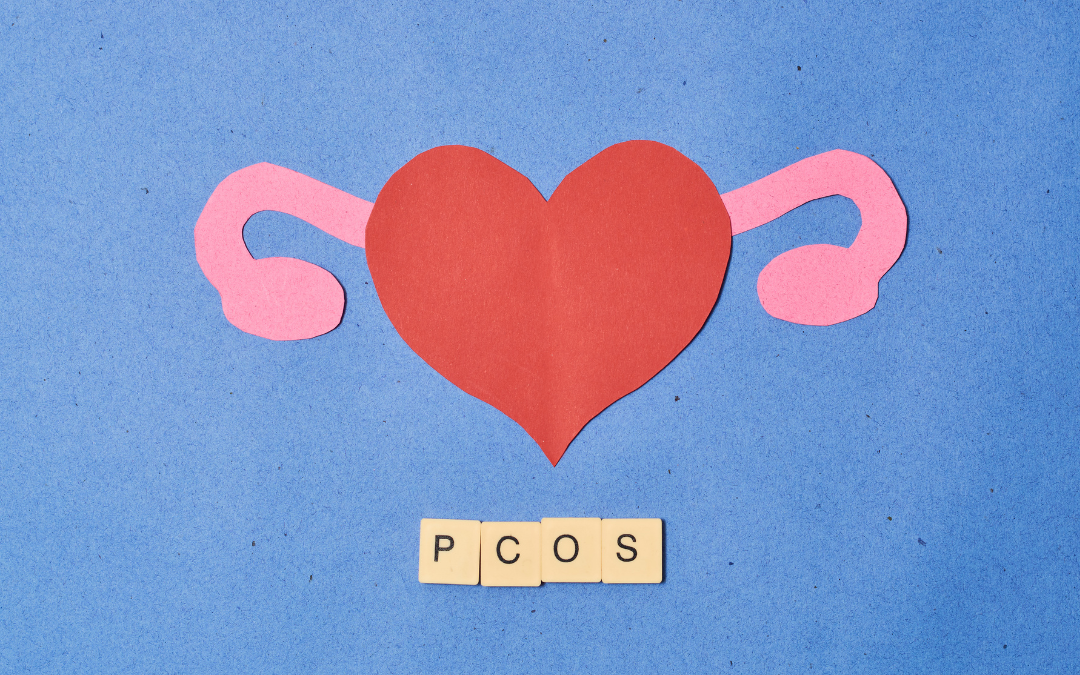I used to hate being a woman. I didn’t think it was fair that we had a period every month and, with that period, all of the symptoms that can come with it.
Little did I know, women actually have a super power.
We get a period every month that acts like a receipt to our health.
Our period will tell us what’s going on underneath the hood, if we’re healthy or if we have things that need to be addressed, and asks us if we are listening to our body’s needs.
Your symptoms are just whispers from your body of what’s going on with her, and there are signs everywhere that can tell you about your own health.
One of those signs is the color of your period blood.
Understanding Your Period Blood
The color of your period blood will tell you if you have a normal period or if there’s something going on that needs to be looked at by your doctor.
And the more you know about your period – including what the color of your period blood means – the more empowered you can be with your own health.
The Color of Your Period Blood
Here’s a guide to the color of your period blood and what it means.
Bright Red Blood.
This is a healthy period with a steady flow of fresh blood. The majority of your period should have bright red blood.
Dark Red Blood.
Dark red blood can be seen right at the start or end of your period. The dark red is from oxidized blood and from the fluctuation of your progesterone and estrogen. The dark red is also from your blood flow being slower to start or as your period is wrapping up.
Black or Brown Blood.
This blood is also oxidized and can be seen at the beginning or the end of your period. This is typically what people consider “old blood” being moved through your system. But, it’s important to tune into your body because it can also be a sign of a miscarriage or fibroids.
Light Pink Blood.
If you have light pink blood, it could be from your period blood mixing with your cervical fluid. It could also be a sign of perimenopause or anemia. If you have light pink blood, it’s worth getting your iron and ferritin tested to see if you are anemic.
Orange Blood.
Orange period blood can also be mixed with cervical fluid. But, it’s important to go to your doctor if you do have orange blood because it can also be a sign of an infection.
Grey Blood.
Finally, if you have grey blood, this is a sign of an infection or a miscarriage. Please see your doctor immediately if you have grey period blood.
The color of your period blood is just another tool in your toolkit.
In a world that still has so much to learn about women’s health and hormones, it’s empowering to learn your body’s cues and what’s normal.
You may look at your period as an annoyance, but your period blood can detect if you’re healthy, have an infection, or going through life changes.
Your period symptoms, cravings, and patterns can also tell you what vitamins and minerals your body needs more of, how to structure your lifestyle and workouts, and how healthy you are (and, in turn, how likely you will be to lose weight, get toned, or hit a PR).
If you want to learn more about your period health, download the free guide ➡️ From Painful to Pain-Free Periods





